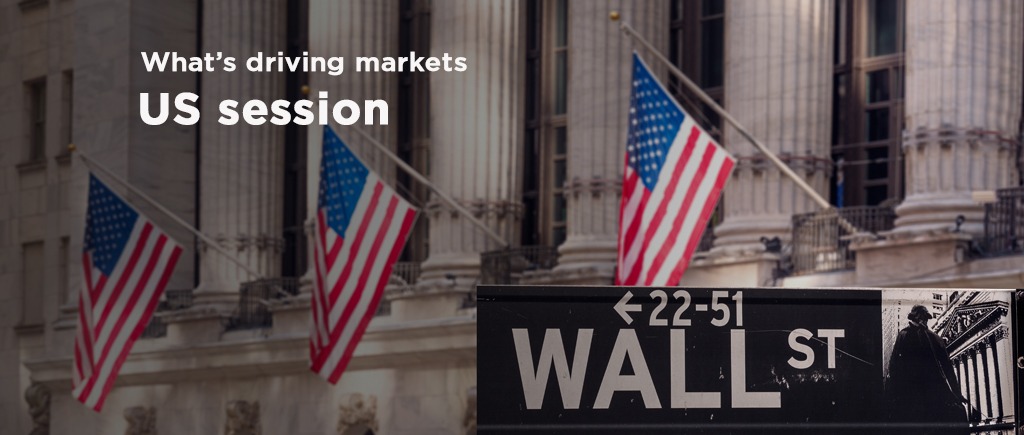The US dollar holds firmly up, giving up some of its recent gains ahead of the close as speculative interest booked some profits ahead of the Good Friday holiday.
Economic Data
The US Commerce Department on Thursday said that retail sales rose a seasonally adjusted 0.5% in March from a month earlier.
That was a tad less than the 0.6% gain that economists polled by The Wall Street Journal were looking for, but there were also revisions to the previous two months that brought the level of retail sales in February 0.7% higher than previously reported. On net, first-quarter consumer spending is looking stronger now.
The preliminary estimate of the University of Michigan’s (UoM) Consumer Sentiment Index for April rose to 65.7 from 59.4 last month, above the expected reading of 59.0, data released on Thursday showed.
There were 185,000 initial jobless claims in the US on the week ending on 9 April, the latest report from the US Depart of Labour showed on Thursday. That was a little above expectation for a rise to 171,000 from 167,000 one week prior. The four-week average number of initial jobless claims rose slightly to 172,250 from 170,2050 a week earlier.
Other Developments
Earnings season is continuing and Thursday featured reports from insurer UnitedHealth Group and several banks. UnitedHealth rose 0.1% after reporting solid first-quarter results and raising its 2022 forecasts. Investors had mixed reactions to results from four of the nation’s largest banks, all of which reported noticeable declines in their first-quarter profits as the volatile markets and war in Ukraine caused deal-making to dry up while a slowdown in the housing market meant fewer people sought mortgages. Citigroup rose 1.9% while Wells Fargo fell 4.2%. Morgan Stanley rose 1% and Goldman Sachs was flat.
The EUR/USD fell to 1.0765, its lowest in two years, following the European Central Bank monetary policy decision. The ECB kept rates on hold as widely anticipated and repeated that it would end its bond-buying program in the Q3.
Monthly net purchases will amount to €40 billion in April, €30 billion in May and €20 billion in June.
The ECB’s policy statement was quite dovish, as it noted that Russia’s aggression is affecting the economies in Europe and beyond. Higher energy and commodity prices are affecting demand and slowing production, which results in higher inflation.
Trade disruptions are leading to new shortages of materials and inputs, another factor weighing on prices pressure. President Christine Lagarde said it was “premature” to discuss quantitative tightening, adding that rate hikes could begin “sometime after” the end of the APP program.
The GBP/USD pair settled around 1.3070, down for the day but off intraday lows. Commodity-linked currencies, on the other hand, finished the day near their daily lows against the greenback. AUD/USD trades in the 0.7410 price zone, while USD/CAD hovers around 1.2615. Finally, the USD/JPY pair settled around 125.90.
Fed officials were on the wires. New York Federal Reserve President John Williams said that the central bank should reasonably consider hiking by 50 bps in May, while Cleveland Fed President Loretta Mester noted that the Fed aims to reduce policy accommodation at the pace necessary to control inflation whilst also sustaining economic activity.
Inflation-related concerns pushed US government bond yields towards their recent multi-year highs. The yield on the 10-year Treasury note peaked at 2.835%, now standing at 2.82%. Wall Street kick-started the day with a positive tone but gave up ahead of the close. The three major indexes ended the day with losses.
Also Read
 Noor Trends News, Technical Analysis, Educational Tools and Recommendations
Noor Trends News, Technical Analysis, Educational Tools and Recommendations




